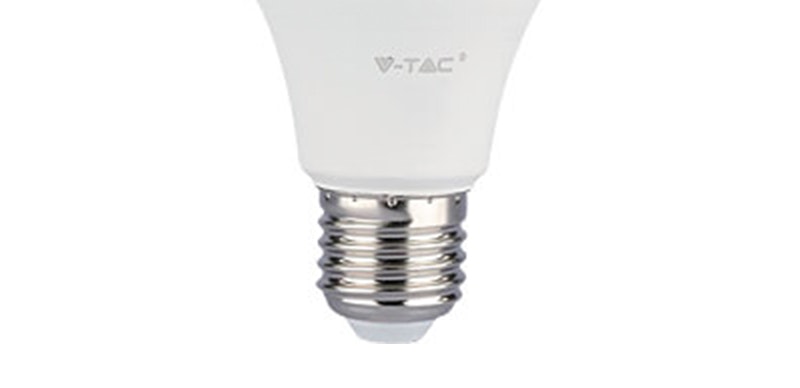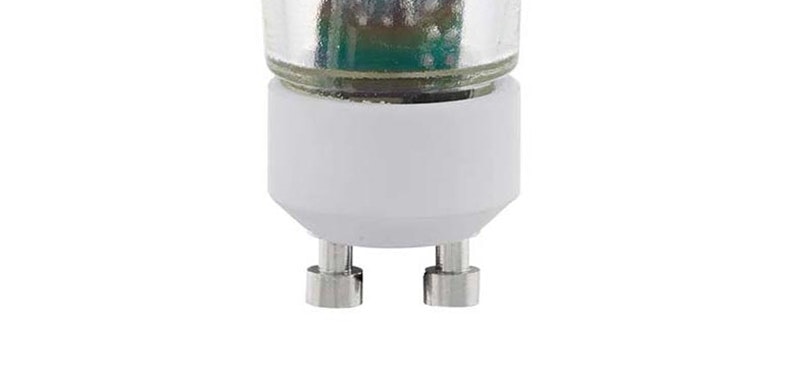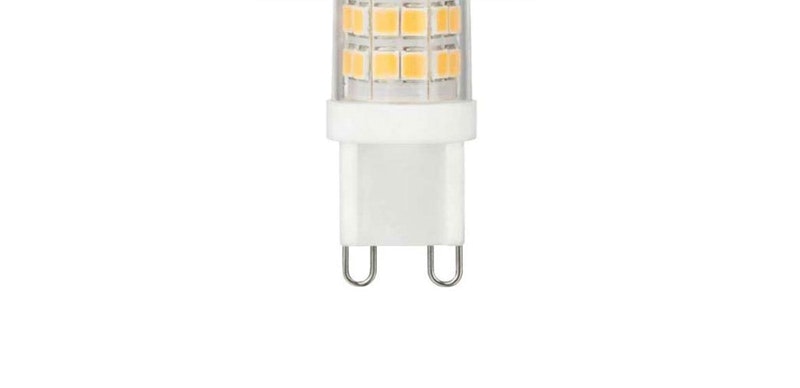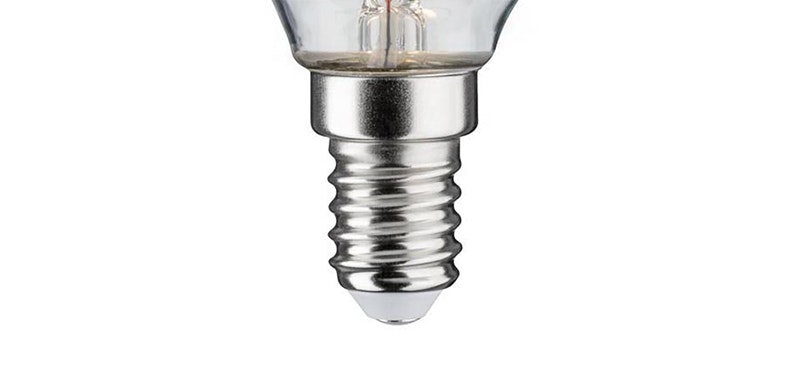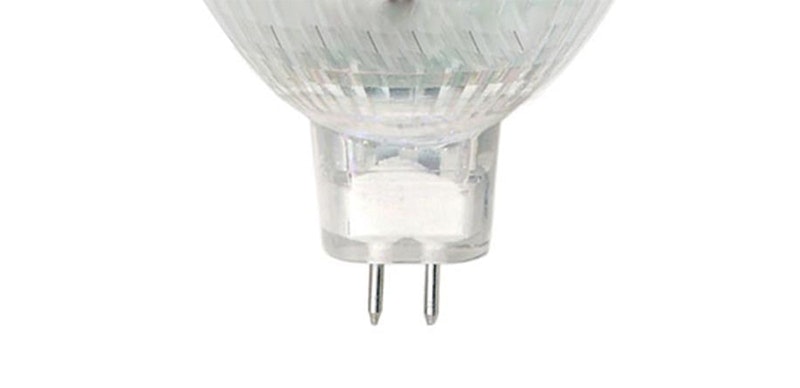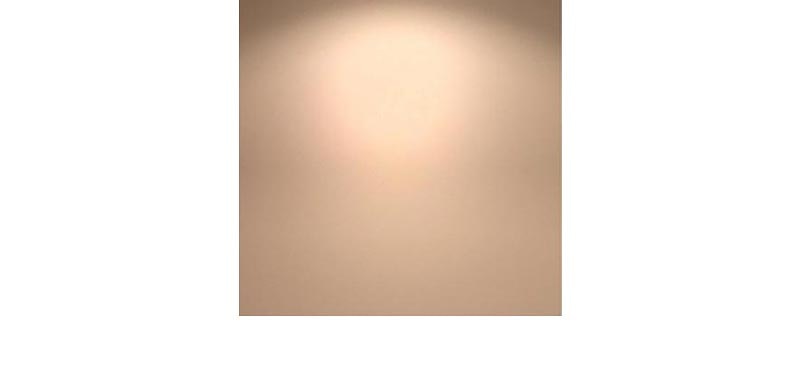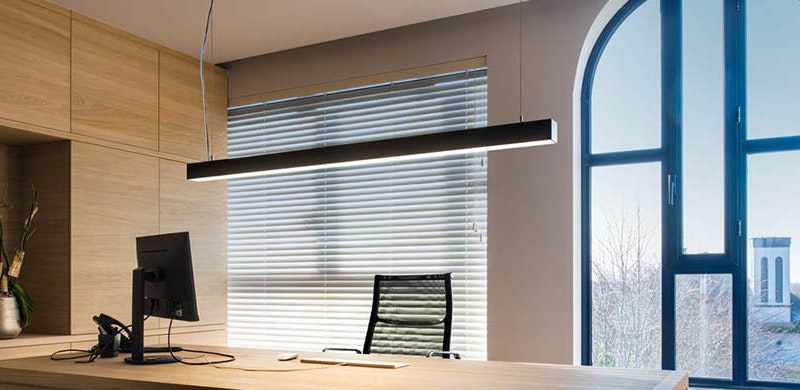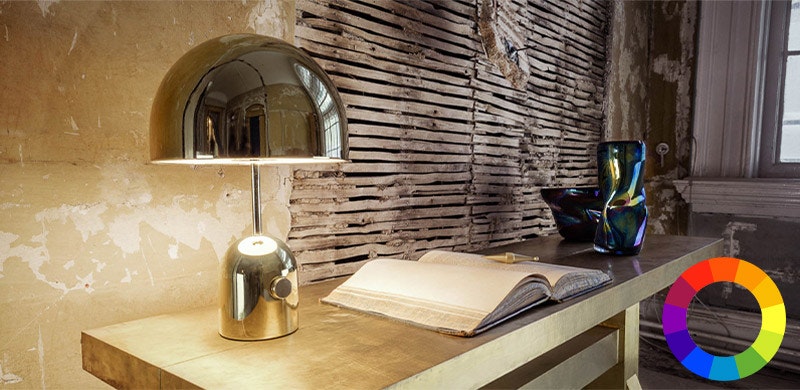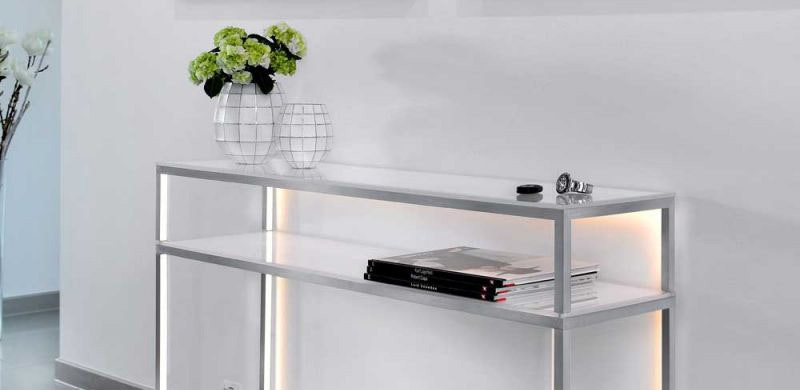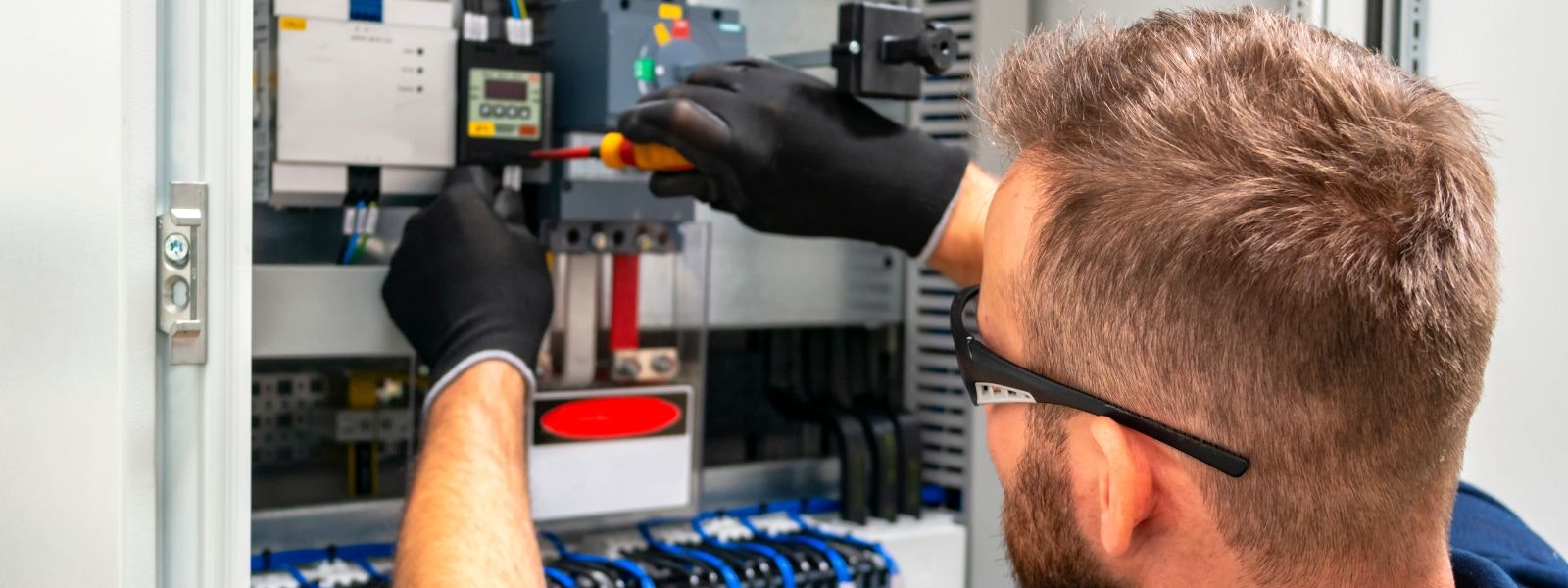
Problem solution for buzzing lamps
My lamp hums - What can I do?
Step 1: Identify the problem
First you should determine whether the buzzing is actually coming from the lamp itself or perhaps from the bulb. Try the bulb in another lamp. If it does not hum in the other lamp, the problem is probably with the lamp.
Step 2: Check the bulb
Sometimes the buzzing is due to the bulb itself. Fluorescent lamps and some LED lamps can produce a buzz, especially if they are old or if the voltage is inappropriate. In this case, you could try changing the bulb. Also check that the bulb is screwed in properly. Sometimes a loose bulb can buzz in its socket.
Step three: Check the dimmer circuit
Have you installed a dimmer switch in your system? Dimmers work by rapidly switching the flow of current to the lamp on and off. With some bulbs, this process can cause a buzzing sound. If this is the case, you might consider switching to a dimmer-compatible bulb or replacing the dimmer switch with a regular light switch.
Step four: Check the electrics
Sometimes the buzzing is due to a deeper electrical problem. Faulty wiring or a problem with the lamp's transformer can cause a buzz. In this case, it would be advisable to consult a professional electrician. It is important that you do not attempt to repair the electrical components of your lamp yourself if you do not have the necessary experience and knowledge. In summary, a humming lamp can be a simple problem that can be solved by replacing the bulb or tightening the bulb. However, it can also indicate a more complex problem. It's always better to be safe than sorry and, if in doubt, consult a professional. This way you can be sure that you have solved the problem effectively and safely.

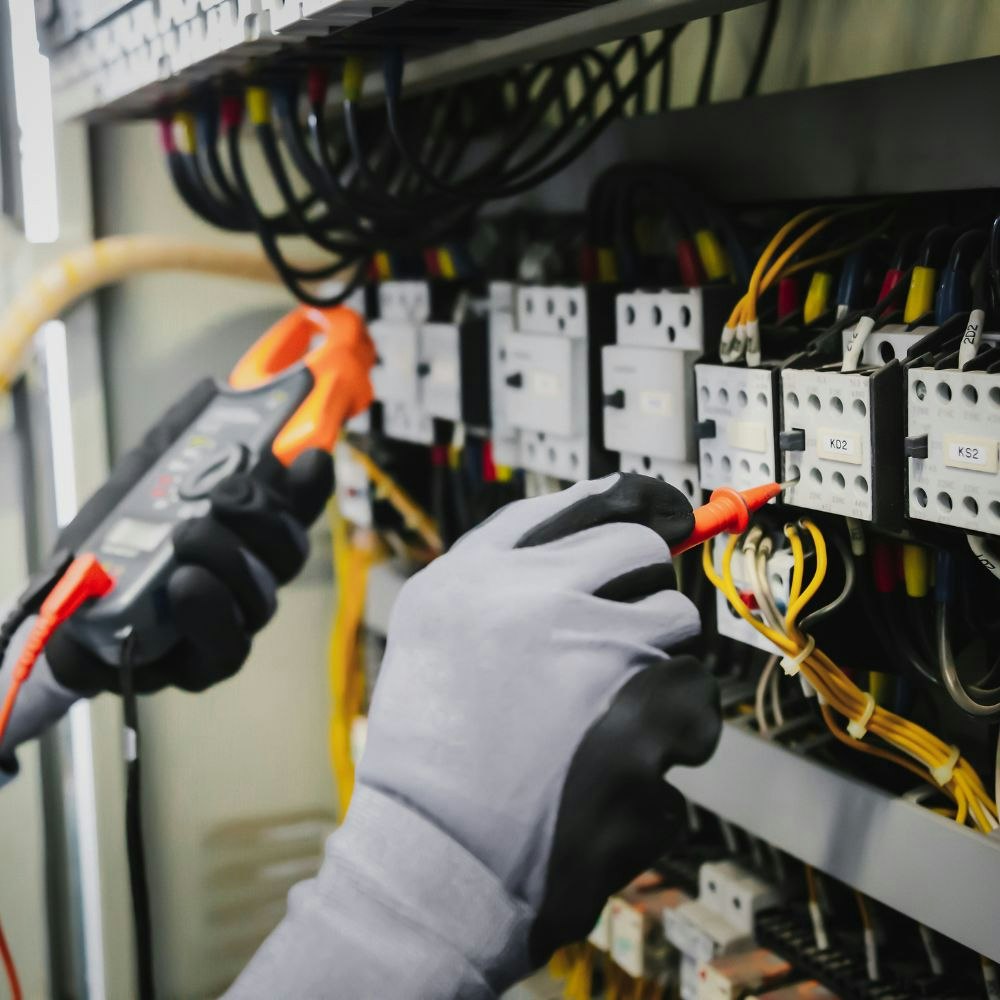
Step 5: Check the vibrations
Buzzing can sometimes also be caused by vibrations, especially with hanging lights or lights that are attached to a moving part. A slight swing or wobble can be enough to produce a buzzing sound. Try to stabilise the lamp or check its attachment.
Step 6: Check the power source
Sometimes the buzzing can also be caused by the type of power source you are using. Not all lamps are suitable for all types of power sources. Some lamps are specifically designed for alternating current (AC), others for direct current (DC). If your lamp is connected to the wrong type of power source, it can cause a buzzing noise. Check the specifications of your lamp and make sure it is compatible with your power source.
Step 7: Watch out for overheating
Overheating can also cause a buzzing sound. If your lamp gets very hot while it is on, it could be a sign that something is wrong. This could indicate a problem with the bulb or the transformer.
Step 8: Consider the lamp quality
Last but not least, the quality of the lamp can also play a role. Cheaper lamps are often less well made and more prone to problems like buzzing. If all of the above steps don't solve the problem, you might consider investing in a higher quality lamp.
Step 9: Check the lamp's environment
The buzzing of your lamp can also be affected by the environment. If you notice a buzzing sound when other electrical appliances are turned on nearby, it could be that they are interfering with the lamp's electrical field. Try moving the lamp away from other appliances and see if the buzzing stops.
Step 10: Consult a professional
If you have done all the above steps and the buzzing still continues, it is time to call in a professional. An electrician can check the wiring and electrical components of your lamp and possibly fix the problem. Remember that working with electricity is always dangerous and you should only leave certain jobs to a qualified electrician.
Step 11: Decide on a replacement
If the buzzing cannot be fixed after all your efforts, or if it is too expensive to have it fixed by a professional, replacing the lamp might be the best option. There are a variety of high-quality, energy-efficient and quiet lamps on the market these days. Replacing them could not only stop the buzzing, but also allow you to upgrade and improve your lighting system.
Step 12: Consider if this is a temporary problem
It is important to note that some lights or bulbs may produce a slight buzz when switched on, which will disappear after a few minutes. This is usually normal and nothing to worry about. So wait a few minutes to see if the buzzing stops on its own before troubleshooting.
Step 13: Look at the lampshade
In some cases, the lampshade can also cause the buzzing. Sometimes the shade can hit the bulb or another part of the lamp, causing a buzz or vibration. Check the shade and make sure it is tight and not touching anything that could be causing the noise.
Step 14: Check for physical damage
Make sure there is no obvious physical damage to the lamp that could be causing the buzzing. A crack in the lamp or lampshade, a loose base or worn wiring could all be possible causes. If you notice any such damage, you should switch off the lamp immediately and consult a professional.
Step 15: Avoid sources of interference
Electromagnetic interference can also cause buzzing. This can happen if your lamp is near equipment that generates strong electromagnetic fields, such as microwaves, computers or televisions. Try to keep your lamp away from such devices and check if the buzzing stops.
The influence of electromagnetic interference
The buzzing of a lamp can be an everyday annoyance, but it is important to understand that this seemingly harmless noise could be an indicator of various problems. We have looked in detail at possible causes and solutions, but there are some additional aspects to consider. In some cases, the buzzing of LED lamps is completely normal and not a cause for concern.
For example, switching on certain types of lamps or bulbs can cause a slight buzzing sound that usually disappears after a few minutes. If you notice that your lamp only buzzes for a short time after it is switched on and the noise subsides afterwards, this is probably normal and nothing to worry about. It is also important to note that the buzzing can be caused by interactions with the environment. Sometimes the lampshade can hit the bulb or another part of the lamp, causing it to buzz or vibrate. Therefore, always make sure that the shade is firmly in place and not touching anything that could cause the noise.
Don't forget the influence of electromagnetic interference. Lamps located near appliances that generate strong electromagnetic fields can tend to buzz. This includes common household appliances such as microwaves, computers or televisions. If possible, position your lamp so that it is away from such devices. Sometimes the buzzing can indicate a deeper electrical problem that requires the attention of a professional. Safety should always come first, so do not hesitate to seek professional help if you are unsure. With the right diagnosis and solution, you can ensure that your lamp works safely and effectively, without annoying buzzing.
What role does electrical engineering play?
One of the special things about the topic of "humming lamps" is that it brings you into contact with a wide range of disciplines, from electrical engineering to materials science to acoustics. The buzzing of a lamp can be caused by many factors, and it often takes a deep understanding to identify the exact cause. First of all, it is important to understand the physical principle that underlies this phenomenon. Buzzing is caused by vibrations that propagate through the air as sound waves. In a lamp, these oscillations can be caused by various components - from the light bulb to the transformer to the dimmer switch. In electrical engineering, frequency plays a crucial role in generating these oscillations.
For example, an improper frequency in the dimmer switch can cause the current not to flow evenly and thus generate vibrations. This is where the typical phenomenon of the dimmer buzzing occurs. The transformer, which is used to lower the voltage, can also start to hum if the frequency is incorrect. This shows the importance of electromagnetic compatibility, a field of electrical engineering that deals with minimising and controlling electromagnetic interference.
Another possible cause can be found in materials science. Different materials react differently to electromagnetic fields and can produce different vibration patterns. Metals commonly used in the manufacture of lamp holders and housings can begin to hum under certain conditions, especially when excited by heat or current flow. A deep understanding of the material properties can help diagnose and correct the problem. Acoustics also play a role. The human ear is sensitive to sound waves in a certain frequency range, and the buzzing you hear often falls within this range.
The way sound is generated by the lamp and radiated into the room can affect the perceived hum. For example, a lampshade that acts as a resonator can amplify the hum, while a well-designed shade can dampen it. In summary, looking at the buzzing LED lamp shows how multi-layered and interdisciplinary this seemingly simple problem can be. To solve it effectively requires not only broad expertise, but often a creative, problem-solving approach.

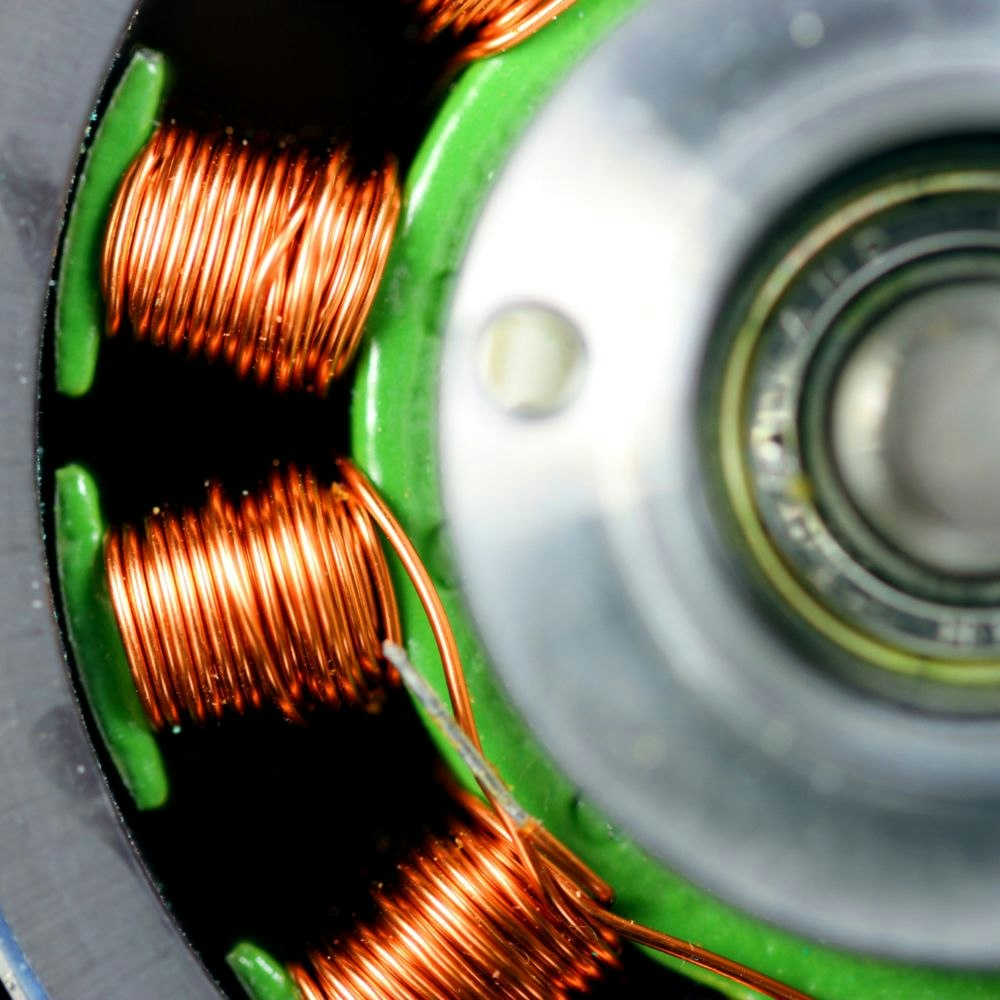
Conclusion - This is how you do everything right!
The buzzing of a lamp can have various causes - from the wrong type of bulb to faulty dimmer switches to wiring problems. It takes both technical understanding and careful investigation to identify the source of the problem.
Always remember: your safety comes first. If you are unsure or if the buzzing continues, you should not hesitate to consult a professional. With the right solution, your lamp can shine safely, efficiently and quietly.
If you are still undecided about how to implement lighting in your home, why not make an appointment with the lighting planners at Skapetze for personal advice and the development of an individual lighting concept ?
You are also welcome to visit us on site in Simbach am Inn at , Bavaria's largest lighting studio .
If you already have a concrete idea of how the luminaires should look in your home, we can help you turn this idea into reality - our in-house workshop makes it possible.













